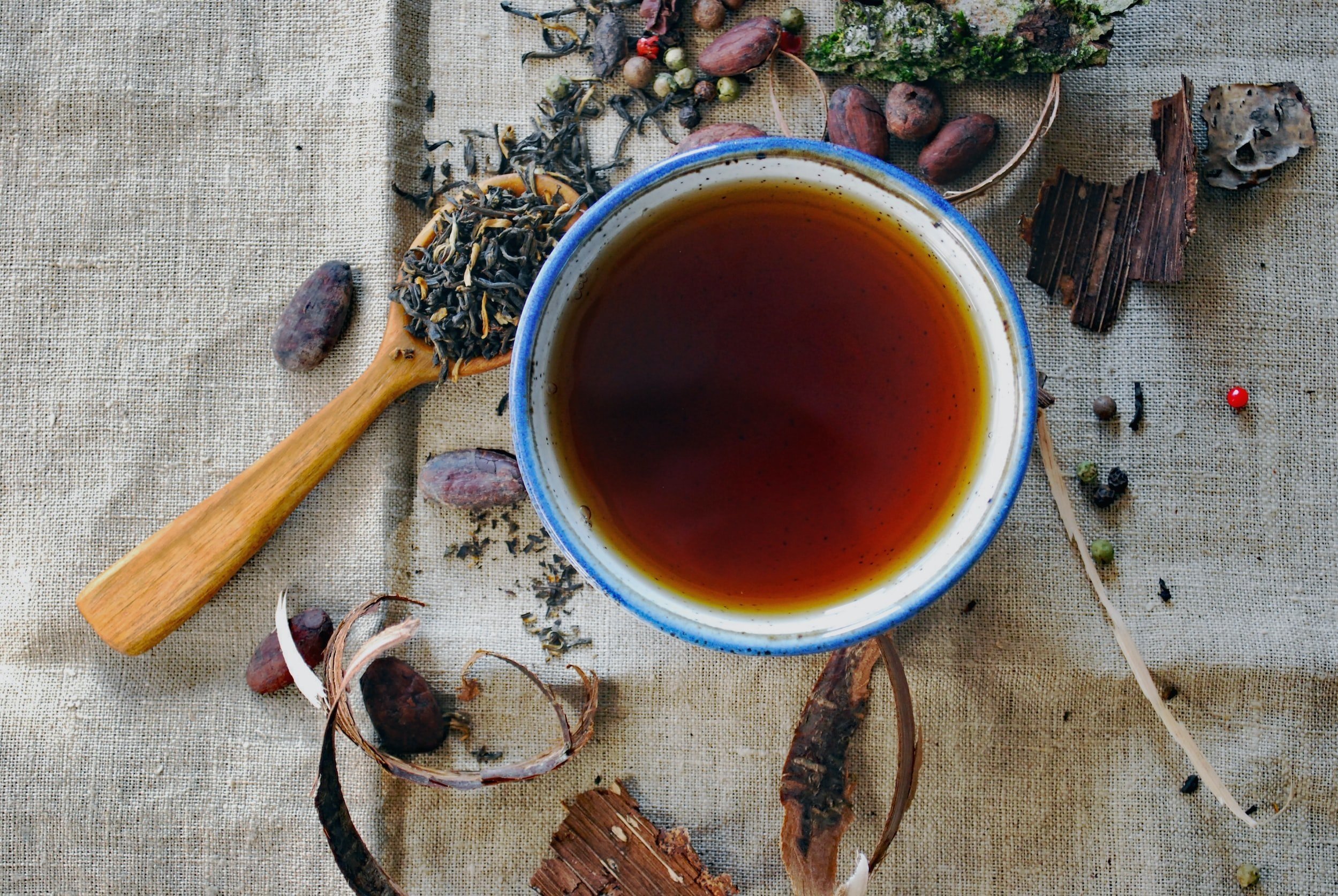When it comes to health, the world is increasingly embracing an age-old adage: 'Let food be thy medicine.' As we grapple with rising instances of chronic diseases and the limitations of modern medicine, this ancient wisdom resonates profoundly. Among the leading voices heralding the power of nutrition is Ayurveda, the holistic healing science from India that perceives food as more than sustenance – it's a potent medicine that nourishes the body, mind, and soul.
Understanding and applying Ayurvedic dietary principles can usher in transformative health benefits, from disease prevention to longevity. This article offers a user-friendly guide on the dos and don'ts of Ayurvedic dietary practices.
Ayurveda and the Concept of Unique Constitutions
Central to Ayurveda's dietary recommendations is the understanding that each person has a unique constitution, or 'Prakriti,' determined by the balance of three vital life forces, or 'Doshas': Vata (space and air), Pitta (fire and water), and Kapha (earth and water).
Your Prakriti governs your physical traits, mental capacities, and susceptibility to health conditions. As such, Ayurveda recommends a unique diet for each Prakriti to maintain balance and promote health.
The Dos of Ayurvedic Dietary Practices
Identify Your Prakriti: To follow an Ayurvedic diet, you must first identify your dominant Dosha. This may require consultation with a trained Ayurvedic practitioner who can perform an assessment. Alternatively, online questionnaires can provide a basic understanding.
Eat According to Your Prakriti: Once you've identified your Dosha, tailor your diet accordingly. Vata types do well with warm, nourishing foods like stews, whole grains, and ripe fruits. Spices like cinnamon, ginger, and cumin can balance Vata. Pitta types benefit from cool, hydrating foods, such as salads, sweet fruits, and dairy products. Spices like mint, fennel, and coriander help to cool Pitta's fiery nature. Kapha types require light, warm foods like steamed vegetables, lean proteins, and spicy foods to counterbalance their earthy nature. Spices like turmeric, cayenne, and black pepper can stimulate sluggish Kapha.
Embrace Whole Foods: Ayurveda champions natural, unprocessed foods packed with life force or 'Prana.' Prioritize fresh, seasonal fruits and vegetables, whole grains, nuts, seeds, and dairy products.
Eat Mindfully: Ayurveda places considerable importance on 'how' we eat. Eat in a calm, quiet environment, focusing on the taste and texture of your food. This mindful eating practice can enhance digestion and satisfaction.
Consider the Six Tastes: Ayurveda identifies six tastes – sweet, sour, salty, bitter, pungent, and astringent. A balanced meal incorporates all six tastes, contributing to fullness and nutritional diversity.
Proper Food Combining: Certain food combinations are considered incompatible in Ayurveda, such as milk and fruit or fish and dairy. Following Ayurvedic food combining principles can enhance digestion and nutrient absorption.
Seasonal Eating: Ayurveda emphasizes the importance of eating in sync with the cycles of nature, known as "Ritucharya." Consuming fresh, seasonal produce not only ensures you receive the maximum nutritional benefits but also helps to balance the doshas, which can be influenced by seasonal changes. For instance, in winter (a Vata season), nourishing, warming foods can help balance Vata. In contrast, summer (a Pitta season) calls for cooler, hydrating foods to pacify Pitta. Tuning into the rhythms of nature through our diet can foster harmony within and with our environment.
Eating in Sync with Your Bio Rhythms
Understanding and aligning your meals with your body's natural bio rhythms can have a positive impact on your overall health and well-being. By following a schedule that complements the different energetic phases of the day, you can optimize digestion, increase energy levels, and support your body's natural processes. The Ayurvedic tradition, which emphasizes the balance of three doshas - Vata, Pitta, and Kapha - offers valuable insights into meal timings and choices. Let's explore how to eat in sync with your bio rhythms:
1. Kapha Time (6 am - 10 am):
During the Kapha time of the day, which spans from 6 am to 10 am, the energy in the environment is believed to be calm, steady, and grounded. To complement this phase, it is recommended to start your day with a light, warm, and easy-to-digest meal. This can include nourishing options like herbal teas, warm water with lemon, porridge, or a small bowl of cooked grains with spices. Avoid heavy and greasy foods during this time, as they may slow down digestion and make you feel lethargic throughout the day.
2. Pitta Time (10 am - 2 pm):
The Pitta time, from 10 am to 2 pm, is characterized by higher sun intensity and a boost in digestive fire. This is considered the ideal time to have your largest and most substantial meal of the day. Include a variety of vegetables, grains, legumes, and healthy proteins in your lunch. However, it's best to avoid extremely spicy or acidic foods as they may aggravate Pitta. Instead, opt for cooling foods like cucumber, cilantro, or mint to balance the heat.
3. Vata Time (2 pm - 6 pm):
The Vata time of the day, lasting from 2 pm to 6 pm, is associated with movement and creativity. During this phase, you can have a light snack if you feel hungry. Opt for nourishing foods like fresh fruits, nuts, seeds, or a small bowl of soup. It's essential to keep yourself hydrated during Vata time as well.
4. Kapha Time (6 pm - 10 pm):
The Kapha time returns in the evening, from 6 pm to 10 pm. As this phase is once again characterized by stability and grounded energy, it is ideal to have a light, warm, and easy-to-digest dinner before 7 pm. Choose cooked vegetables, lentils, or grains seasoned with gentle spices. Avoid heavy, oily, and hard-to-digest foods during this time, as they may disrupt your sleep and cause sluggishness the next morning.
The Don'ts of Ayurvedic Dietary Practices
Avoid Processed Foods: Processed foods are 'Tamasic,' or lifeless, according to Ayurveda. These foods lack Prana and can negatively affect physical and mental health.
Say No to Cold Drinks with Meals: Cold beverages can 'extinguish' the digestive fire or 'Agni,' leading to poor digestion. Opt for room temperature or warm drinks instead.
Don't Overeat: Ayurveda advises eating until you're 75-80% full to avoid overtaxing the digestive system and accumulating 'Ama,' or toxins.
Avoid Eating Late at Night: Eating late at night disrupts the body's natural rhythms and can lead to weight gain and other health issues. Try to eat your last meal by 7 pm.
Don't Rush Meals: In our fast-paced lives, it's common to eat on the go or in front of the TV. However, this can lead to overeating and poor digestion. Dedicate time to sit down and enjoy your meals.
Understanding the Ins and Outs of Ayurvedic Dietary Practices
Embracing Ayurvedic dietary practices is more than just following a set of rules. It's a journey of self-discovery and nurturing a healthy relationship with food. It requires tuning into your body's signals, understanding your unique constitution, and making dietary choices that promote balance and wellness.
It's essential to approach these guidelines with flexibility and adapt them to your lifestyle and health goals. Remember, Ayurveda is a holistic science – it doesn't just focus on diet but also considers sleep, exercise, mental health, and spiritual wellbeing. Therefore, it's beneficial to incorporate Ayurvedic principles into these areas of your life for optimal health.
Following an Ayurvedic diet can lead to enhanced digestion, improved energy levels, better sleep, and a sense of overall wellness. While the transition may seem challenging initially, the transformative health benefits make this journey worthwhile.
Please note, this article provides general guidelines on Ayurvedic dietary practices. Consult with an Ayurvedic practitioner or healthcare provider for personalized advice.
Disclaimer
The sole purpose of these articles is to provide information about the tradition of Ayurveda. This information is not intended for use in the diagnosis, treatment, cure or prevention of any disease.


























